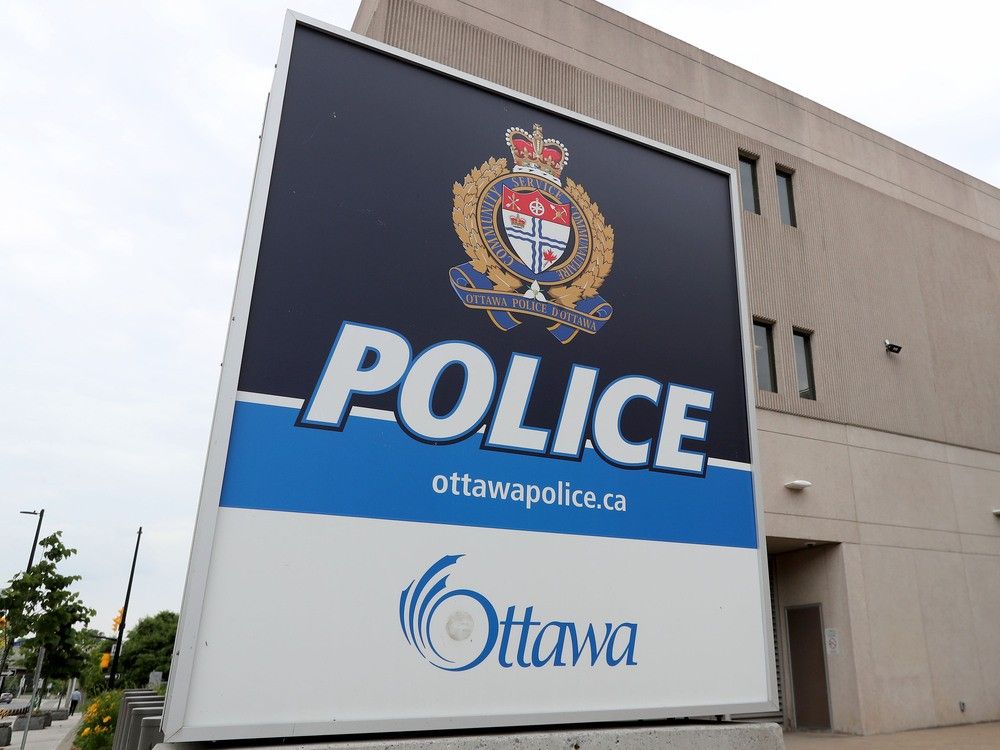The fight over bike lanes between the city and the province may be taking up all the political oxygen, but a new city staff report says it’s the cranes in the sky, not the wheels on the ground, that are the culprit when it comes to congestion.
“Construction is the number one problem. It’s not bike lanes, it’s construction,” says Mayor Olivia Chow.
In 2024, there were 221 cranes in Toronto, establishing it again as the busiest city in all of North America in terms of construction. Add to that a growing population and a 26 per cent increase in vehicle registrations in the last decade.
A new congestion plan for the city is promising better coordination between projects.
“We want to make construction projects transparent, accountable, efficient and faster so we can clear the roads and ease congestion,” said Chow.
Making construction accountable means sharply increasing fees. For example, in 2024, when two utility companies blocked two lanes on the eastbound Lakeshore, causing a month-long traffic nightmare, the cost to the companies was $5,000.
“If it takes the entire month of two lanes of traffic on Lakeshore, it will cost them right now $287,000,” explained Chow.
In February, the Toronto Regional Board of Trade released recommendations to ease congestion. The city says it’s doing those things, like hiking fees.
It’s not only construction companies who may end up paying more – more traffic wardens are being hired to keep cars moving through intersections. The wardens keep traffic moving, but can’t actually hand out fines – police will continue to do that. But if you’re unlucky to get a ticket for “blocking the box,” it will cost you $450, up from $90.



